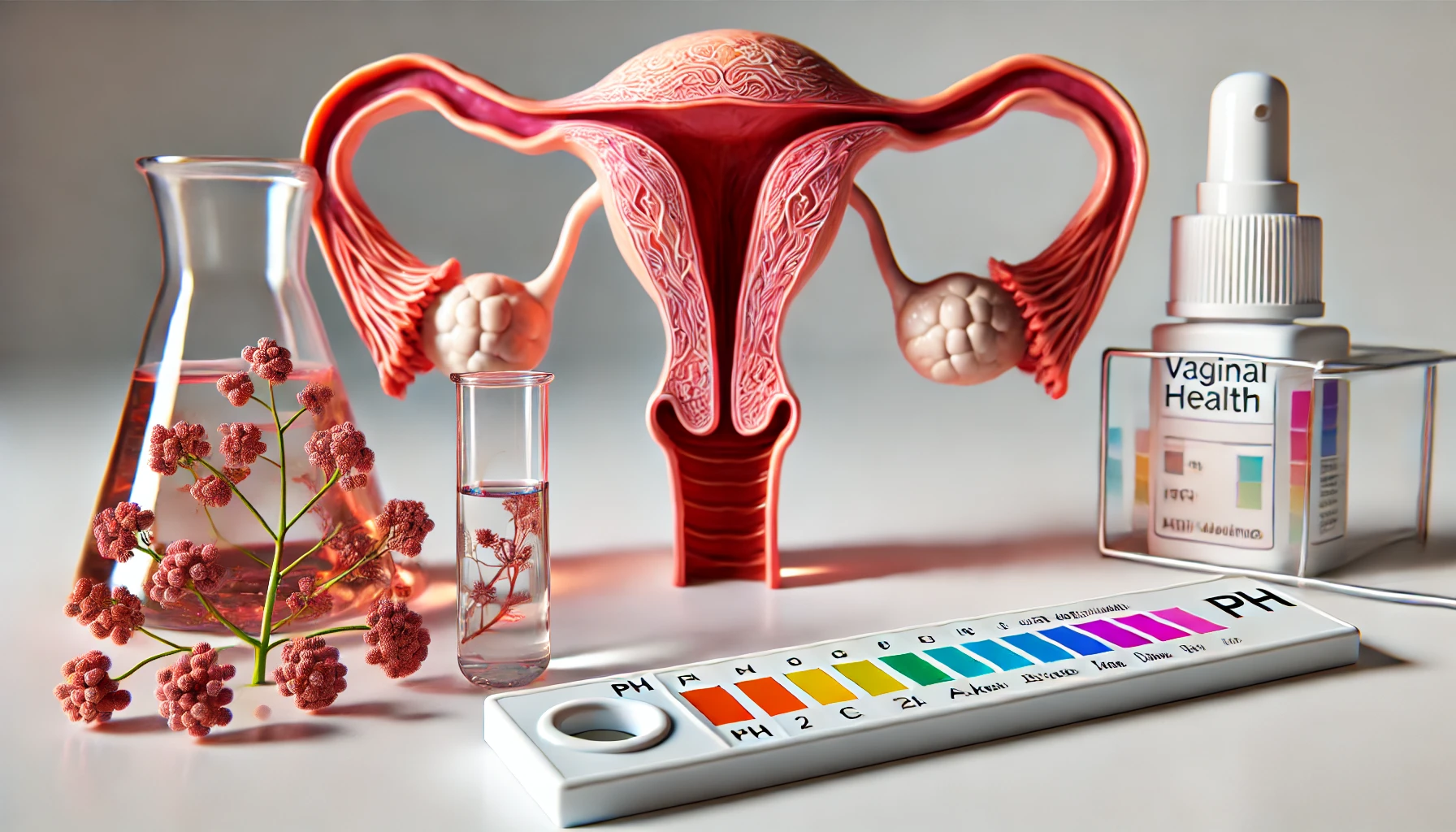Understanding Vaginal pH Balance
This post was written with Consensus AI Academic Search Engine – please read our Disclaimer at the end of this article. Maintaining a healthy vaginal pH is crucial for preventing infections, supporting beneficial bacteria, and reducing inflammation. Various treatments, including pH-balanced gels, acidic gels, vitamin C, and probiotics, have been shown to be effective in restoring and maintaining vaginal pH. Understanding and managing vaginal pH can significantly contribute to women’s overall vaginal health and well-being.
Vaginal pH balance is a critical aspect of women’s health, influencing the vaginal microbiome and overall vaginal health. The pH level of the vagina can affect susceptibility to infections, comfort, and even reproductive outcomes. This article explores the importance of maintaining a healthy vaginal pH, the factors that can disrupt this balance, and the potential treatments available to restore it.
What is Vaginal pH?
The pH scale measures how acidic or basic a substance is, ranging from 0 to 14. A pH of 7 is neutral, below 7 is acidic, and above 7 is basic. The normal vaginal pH is typically between 3.8 and 4.5, which is slightly acidic. This acidity is crucial for maintaining a healthy vaginal environment, as it helps to inhibit the growth of pathogenic bacteria and supports the presence of beneficial lactobacilli.
Importance of Vaginal pH Balance
Maintaining an acidic vaginal pH is essential for several reasons:
- Prevention of Infections: An acidic environment helps prevent the overgrowth of harmful bacteria and yeast. For instance, bacterial vaginosis (BV) is often associated with a higher vaginal pH3 8.
- Support of Beneficial Bacteria: Lactobacilli, the beneficial bacteria in the vagina, thrive in an acidic environment and help maintain the pH by producing lactic acid6.
- Reduction of Inflammatory Markers: Elevated vaginal pH has been linked to increased levels of inflammatory markers like interleukin-6 (IL-6), which are associated with adverse pregnancy outcomes4.
Factors Affecting Vaginal pH
Several factors can disrupt the vaginal pH balance:
- Menstruation: Menstrual blood has a higher pH, which can temporarily raise the vaginal pH3.
- Sexual Activity: Semen has a higher pH, which can alter the vaginal environment.
- Hormonal Changes: Menopause, pregnancy, and hormonal contraceptives can affect vaginal pH.
- Antibiotics: These can disrupt the balance of bacteria in the vagina, leading to an increase in pH.
Disclaimer
The content presented in this blog is generated by Consensus, an AI-powered academic search engine, and is based on publicly available scientific literature. While every effort is made to provide accurate, up-to-date, and well-researched information, the content is intended for informational and educational purposes only. It does not constitute medical advice, diagnosis, or treatment. Always consult a qualified healthcare professional before making any decisions regarding medical conditions, treatments, or medications. The AI system’s analysis may not cover all perspectives, emerging research, or individual cases, and it is not a substitute for professional expertise. Neither the blog publisher nor the developers of the AI-powered search engine are responsible for any actions taken based on the information provided in this content. Use of this information is at your own risk. Citations to the original scientific studies are included for reference, but these studies should be reviewed in full and interpreted with the guidance of a healthcare or research professional.
If you are experiencing a medical emergency, please seek immediate attention from a healthcare provider.
